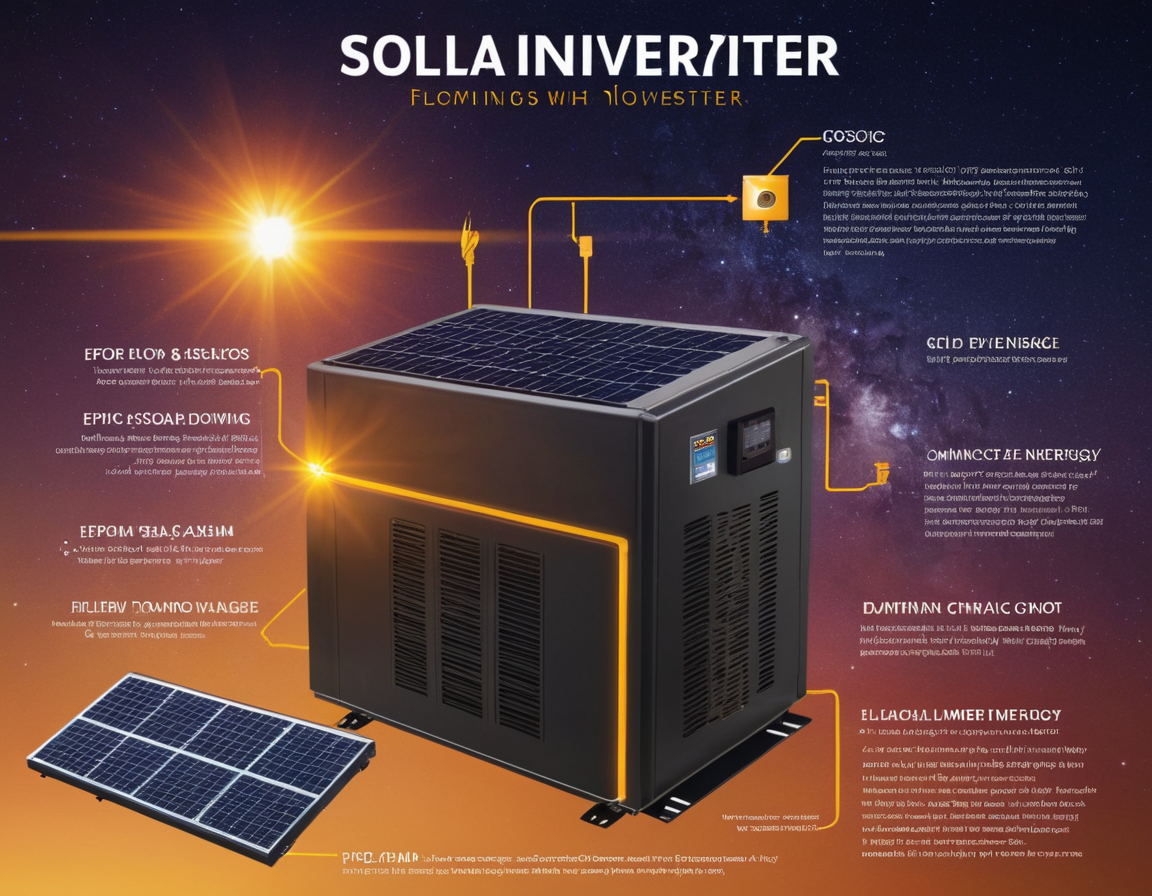Embracing Renewable Energy: The Revolution of Solar Power Inverters
The Power Underneath: How Solar Inverters are Changing the Energy Landscape
The shift to renewable energy sources is a global imperative, and among the array of green technologies, solar power stands out as a beacon of sustainable electricity. At the heart of this solar revolution are solar inverters – the unsung heroes efficiently converting the sun’s rays into usable electricity. In this post, we delve into the complexities of solar inverters, their significance, and the innovative strides shaping the future of energy.
Understanding the Role of Solar Inverters
Solar panels might capture the limelight, but it’s the inverter technology that stages the silent coup in the energy domain. These essential devices serve one fundamental purpose – they take the direct current (DC) generated by solar panels and transform it into alternating current (AC), the form of electricity that powers our homes and businesses. But it’s not just about conversion; modern inverters also manage energy flow, optimize performance, and facilitate integration with the grid.
The Evolution of Solar Inverter Technology
As pioneers in solar energy ramped up their efforts, inverter technology saw a parallel advancement. Innovations in power electronics, software, and energy management systems have transformed inverters from simple converters to smart, communicative nodes within our power infrastructure. They now offer enhanced grid stability, remote monitoring, and sophisticated energy management, pivotal for the mass adoption of solar energy.
Types of Solar Inverters: Understanding the Varieties
Solar inverters come in various forms, each suited for specific applications:
- String inverters: Connect to a ‘string’ of solar panels, ideal for uniform roofs.
- Microinverters: Attached to individual solar panels, maximizing output especially in shaded or complex roof landscapes.
- Central inverters: Serve large-scale solar installations like solar farms.
- Hybrid inverters: Integrate solar with storage solutions, enabling energy independence.
Consumers must choose an inverter that aligns with their requirements and the nuanced challenges of their solar setup.
The Future: Smart Inverters and Grid Integration
Looking ahead, smart inverter technology heralds a new age of energy efficiency. Advanced features such as predictive maintenance, artificial intelligence, and machine learning not only boost solar system performance but also fortify the grid against the fluctuating nature of renewable energy sources. The goal is a resilient, responsive, and intelligent energy grid that embraces the full potential of solar power.
Call-to-Action
If you’re considering making the switch to solar, remember that the inverter is just as crucial as the panels themselves. Embrace the future – a cleaner, greener world with solar at the helm.






